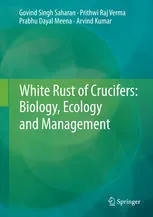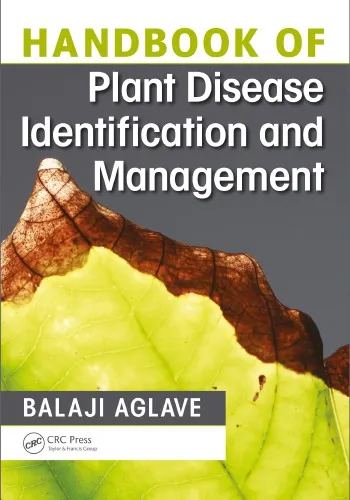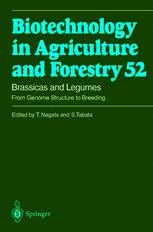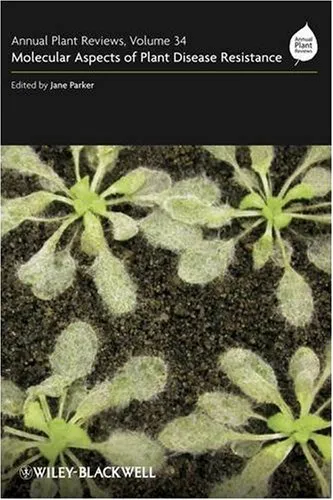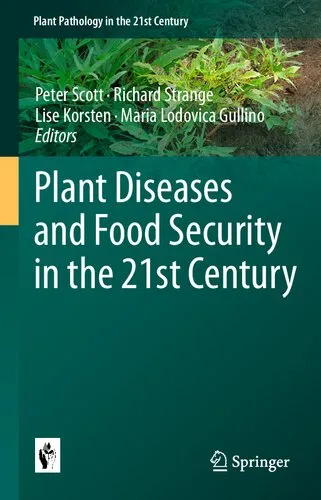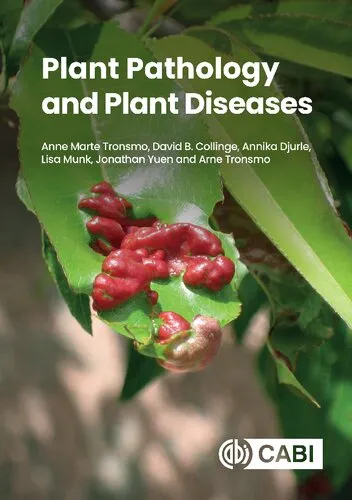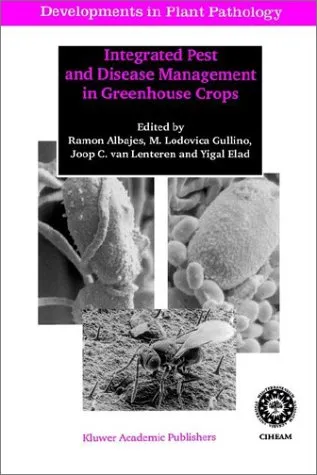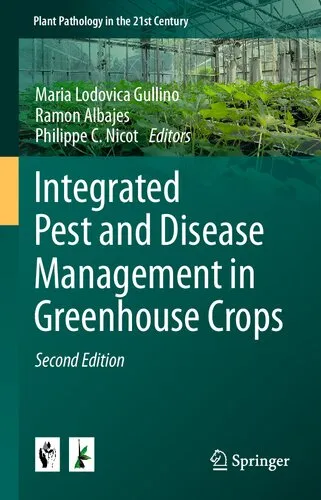White Rust of Crucifers: Biology, Ecology and Management
4.2
Reviews from our users

You Can Ask your questions from this book's AI after Login
Each download or ask from book AI costs 2 points. To earn more free points, please visit the Points Guide Page and complete some valuable actions.Related Refrences:
Welcome to the comprehensive guide on the biology, ecology, and management of white rust in crucifers. This book, 'White Rust of Crucifers: Biology, Ecology and Management', is an essential resource designed for students, researchers, and professionals in plant pathology, agriculture, and environmental sciences. Authored by Govind Singh Saharan, Prithwi Raj Verma, Prabhu Dayal Meena, and Arvind Kumar, it delves deeply into the complex world of white rust, offering insights and practical solutions to tackle this significant agricultural challenge.
Detailed Summary of the Book
The book begins with a thorough exposition of the history and significance of white rust, a formidable phytopathological issue affecting cruciferous crops globally. It outlines the causal pathogen, Albugo candida, shedding light on its life cycle, genetic structure, and population dynamics. The authors elucidate the pathogen's complex interaction with its host, exploring how environmental factors influence its development and aggressiveness.
In subsequent chapters, the book meticulously describes the symptoms and diagnostic approaches for white rust, enabling accurate identification and timely intervention. The ecology of the disease is examined with respect to its geographical distribution, host range, and the environmental conditions that promote its proliferation.
Critical to this treatise is the exploration of integrated disease management strategies. The book offers a compendium of cultural practices, chemical control measures, and, importantly, advances in genetic resistance, detailing breeding methods for developing resistant crucifer varieties. Furthermore, it discusses the socioeconomic impact of white rust and emphasizes the need for sustainable agriculture practices and policy formulation.
Key Takeaways
- Understanding Pathogenesis: Gain insights into the pathogen biology and its interaction with host plants.
- Ecological Impact: Learn about the environmental factors affecting disease development and spread.
- Diagnostic Tools: Master the latest diagnostic techniques for identifying white rust accurately.
- Integrated Management: Implement holistic strategies combining cultural, chemical, and biological measures.
- Genetic Solutions: Explore breeding programs and molecular techniques for developing resistant varieties.
Famous Quotes from the Book
"The battle against white rust is not just against a plant disease but is a war for food security in a changing climate."
"Understanding the ecology of white rust is pivotal for devising sustainable management strategies that are environmentally sound."
Why This Book Matters
White rust poses a serious threat to global agriculture, particularly affecting crop yield and quality in crucifers, which are staple crops for millions worldwide. Given the interconnectedness of global food systems, the management of such plant diseases is crucial for sustainable agriculture and food security.
This book is significant because it bridges scientific research and practical application. By compiling a wealth of information on white rust, it serves as both a scholarly reference and a guidebook for practitioners seeking to mitigate the impact of this disease. The authors' expertise and comprehensive approach make it a critical resource for addressing one of the most challenging issues in plant pathology today.
Free Direct Download
You Can Download this book after Login
Accessing books through legal platforms and public libraries not only supports the rights of authors and publishers but also contributes to the sustainability of reading culture. Before downloading, please take a moment to consider these options.
Find this book on other platforms:
WorldCat helps you find books in libraries worldwide.
See ratings, reviews, and discussions on Goodreads.
Find and buy rare or used books on AbeBooks.
